Iranian saffron is a suitable alternative to pistachios
Due to the limited water resources in Kerman province, by changing the cultivation pattern, saffron, in addition to generating income, employment and exports, is a good alternative to pistachio, and therefore desert farmers have welcomed this important.
In Kerman province, the cities of Zarand, Rabar, Ravar, Shahrbabak, Bardsir, Baft, Sirjan, Bam, Rafsanjan and Kerman are prone to saffron cultivation, and among these, Zarand, with the highest level of cultivation, ranks first in saffron production in Kerman.
Saeedi, the head of the Agricultural Jihad Organization of Kerman province, says in this regard: 500 hectares of agricultural lands in the province are under saffron cultivation and another 605 hectares are to be added to this level.
He adds: Due to the problem of water shortage in the province and the need to review the cultivation pattern, the cultivation of crops with less water consumption should be promoted. For this purpose, saffron is suitable for cultivating this crop due to less need for water and suitable climate of the province. Is
The head of the Jihad Agricultural Organization of Kerman province, stating that so far saffron has been cultivated in more than 10 cities of the province, continues: This year’s crop year has started from October 2013 and during this year, 2460 kg of saffron worth 123 billion rials has been extracted And presented to the consumer market.
Saeedi announces the creation of employment in each cultivation period of 20 people per hectare and adds: Saffron, considering that it needs little water, can be a substitute for Kerman pistachios and has a good income.
He says: another 605 hectares are to be added to the saffron cultivation area of the province, for which 3630 tons of saffron onions with a credit of 121 thousand million Rials are needed.
The head of the Jihad Agricultural Organization of Kerman province continues: Necessary coordination has been done with the private sector in cities that are not able to supply the required onions.
Saeedi continues: Our goal of saffron cultivation in the province is to promote and develop this cultivation due to water shortage, while creating direct and indirect employment and creating currency and familiarity and development of saffron consumption culture in Iran are among the goals.
He adds: the quality of saffron produced in Kerman province is appropriate and by cultivating and familiarizing farmers with the benefits and stages of cultivating this healthy flower, the field of cultivation and development in the province can be increased.
The head of Kerman Jihad Agricultural Organization, referring to the leading problems in this field, says: The traditional harvest of this product is costly due to the needs of a large number of workers, in addition to the problem of packaging and global marketing and smuggling of this product to neighboring countries. Has affected.
Saeedi continues: Measures such as quick-return facilities for the construction of saffron farms, training classes on how to properly and hygienically in the cultivation and harvesting of this product, special credits for the purchase of fully mechanized dryers have been done in the province.
As for the horticulture director of the Jihad Agricultural Organization of Kerman province, he also reports a doubling of the saffron cultivation area in Kerman province.
Mahmoudi adds: Due to the low need of water for saffron, Kerman is prone to saffron cultivation, and because saffron onions need little water, farmers in all parts of the province welcomed the cultivation of this crop, so that the area of saffron cultivation in the province will double this year.
He says that the area under saffron cultivation in Kerman province is 500 hectares, he says: of this amount 160 hectares in Zarand city, 120 hectares in Kuhbanan city, 70 hectares in Baft city, 50 hectares in Shahrbabak city, 35 hectares in Sirjan city, 20 Hectares have been cultivated in Kerman, 14 hectares in Bardsir, 5 hectares in Ravar, 14 hectares in Rabar and 12 hectares in Rafsanjan city.
Horticulture director of Kerman Jihad Agricultural Organization says: the yield of saffron crop is 15.6 kg per hectare and each hectare of saffron cultivation creates employment for about 200 people a day during a harvest period.
Kerman Agricultural Jihad Extension Director also considers special attention to saffron cultivation as the cause of economic transformation in the province.
Rastegari says: Kermani farmers welcomed saffron planting so that now due to the favorable climatic conditions of some cities of Kerman, saffron cultivation and production has been provided in the province and the valuable saffron plant called red gold It can transform the agricultural economy of Kerman province along with products such as pistachios, walnuts and cumin.
He continues: “One of the policies of the Ministry of Agriculture is to improve the scientific strength of farmers and transfer up-to-date knowledge to them by holding training workshops. Based on this, workshops on optimal productivity of saffron are held in cities of Kerman province. They include harvesting and getting acquainted with the pests and diseases of saffron, and so far 136 saffron farmers have been acquainted with the scientific principles presented in these workshops.
But the city of Zarand, as the origin of the red gold of the desert, with the highest level of cultivation, ranks first in the production of saffron Kerman.
The director of Jihad Keshavarzi of Zarand city says: 170 hectares of land in Dashtkhak, Sarbanan and Hatken area of Zarand city are under saffron cultivation and it is predicted that about 800 kg of saffron will be harvested from the farms of this city this year.
Seyyed Ali Amiri announces the saffron-producing areas of Zarand city as Dashtkhak, Sarbanan, Jarjafak and Hatkan villages and the average saffron harvest per hectare of the region’s lands is four to five kilograms.
He says: Because saffron onions need a little water, the farmers of the region welcomed the cultivation of this crop, so that this year the area under saffron cultivation in the valley of Zarand city has increased by 10 hectares.
Amiri continues: The employment rate in the saffron harvest season in Zarand city is 12,000 people daily.
The director of Jihad Keshavarzi of Zarand city adds: Also, Zarand city has a suitable capacity for cultivating barberry due to its cold climate.
It is predicted that 605 hectares of the province’s farms will be allocated to saffron cultivation this year. It becomes.
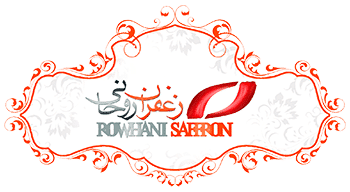
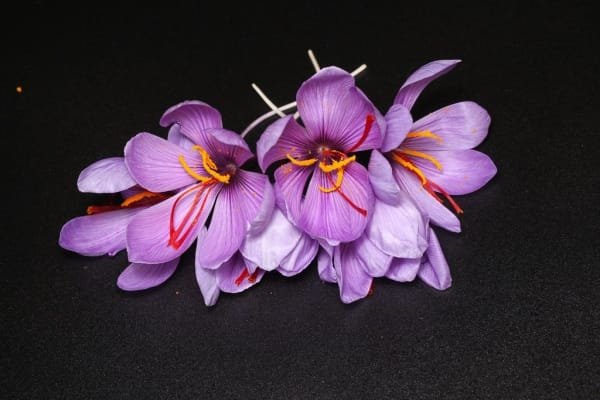
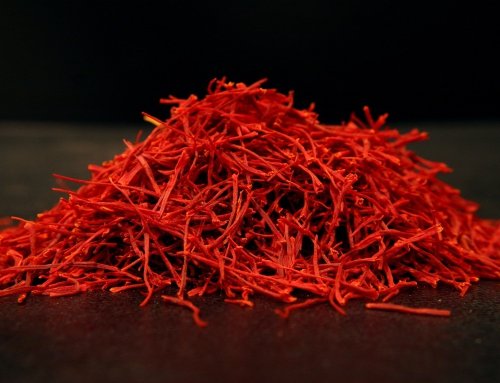
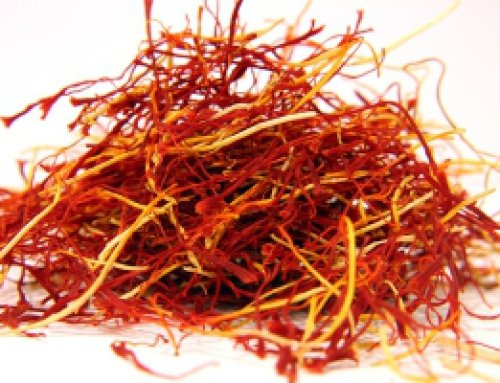
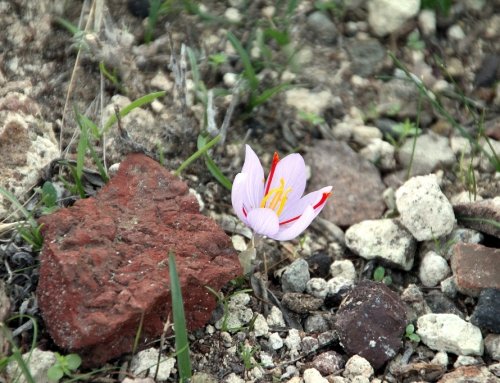
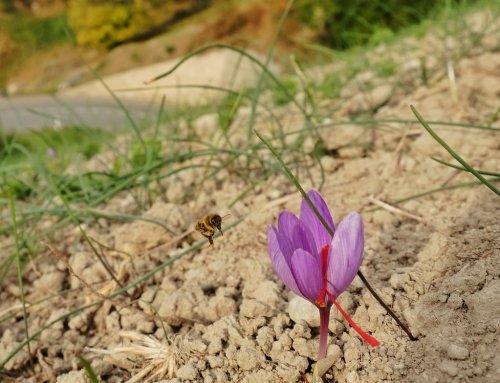

Get Social